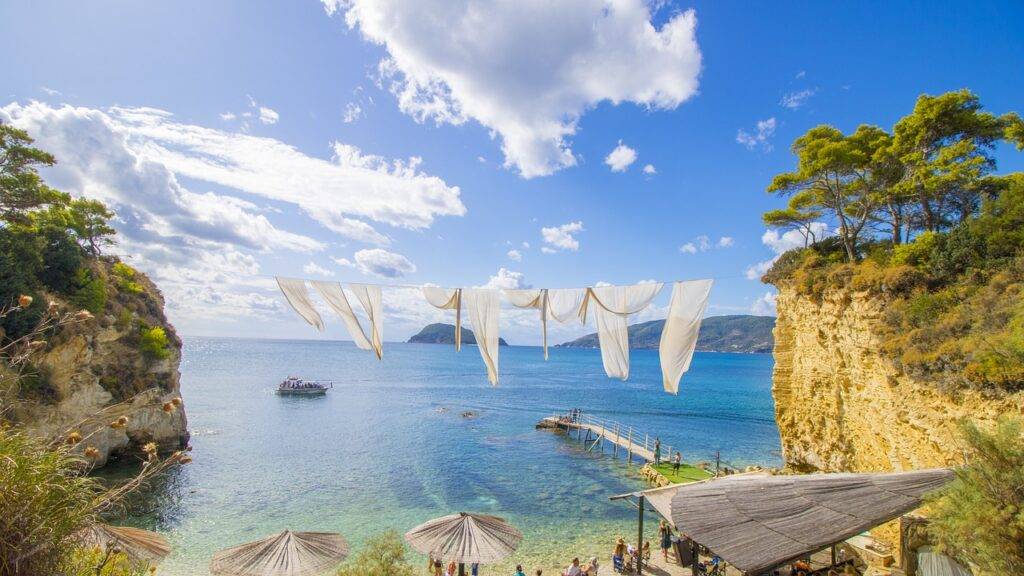Waterfront living, what’s it’s magic really? Water has always held a unique allure for humanity. It symbolises life, flow, and depth—both literally and spiritually. Our ancestors built their villages near rivers, lakes, or seas to access food, transportation, and fertile land. But it wasn’t just practicality: the gentle trickle of a stream, the rhythmic crash of waves, or the serene reflection of a lake nourishes the soul. This connection still resonates today, drawing people worldwide to waterfront living—whether by the coasts of Australia, the rivers of South America, the lakes of Africa, or a quiet stream in Asia.
Yet not every waterfront is the same. Each has its own advantages of living, character, benefits, and challenges. The question is: which one is right for you?
Table of Contents
The Diversity of Waterfront Living
Waterfront living is far from a one-size-fits-all concept. From desirable tropical beaches of Bali to tranquil lakes of Canada or the vibrant riverbanks of the Amazon, there are countless ways to shape your life by the water. Here are the main options to help you find your personal happy place:
1. Living by the Sea: Vastness, Freedom, and Dynamism
The sea represents infinity, freedom, and power. Waterfront homes also promise stunning sunsets, salty air, natural beauty and the soothing sound of waves. However, waterfront homes by the sea can also be challenging, there are pros and cons of buying a waterfront home: storms, high real estate prices, and tourism often shape coastal areas.
In Europe, places near the water, like or on the Amalfi Coast, Brittany, or the Algarve are breathtaking but because of their high demand of waterfront homes for sale they are often expensive and bustling. Elsewhere, from Costa Rica’s shores to Queensland’s beaches in Australia or the oceanfront of the Caribbean islands, you’ll find similar dynamics but with distinct cultural flavours.
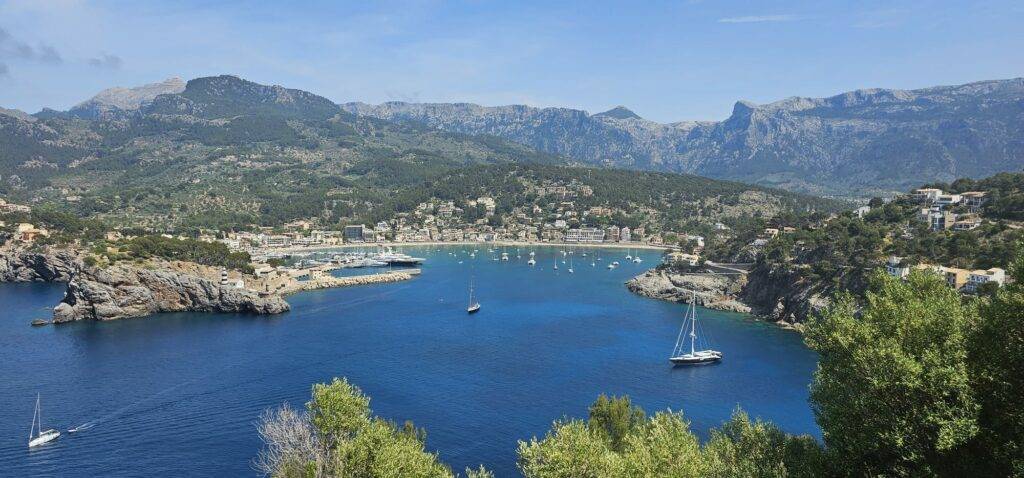
Ideal for you if:
- You love the vastness and energy of the sea.
- You can handle some liveliness and tourist activity.
- You’re willing to invest in a prime location.
My Tip for You: If you crave the sea but seek tranquility and quality of life, consider quieter coastal towns away from tourist hubs—like northern Spain, the Croatian Adriatic, Mexico’s Pacific coast, or lesser-known islands like Koh Lanta in Thailand.
2. Living by a Lake: Serenity and Connection to Nature
Lakes exude a special kind of calming effect. Nestled in forests, mountains, or savannahs, they offer an idyllic backdrop for a relaxed lifestyle. In Europe, living on the water in homes or apartments on the lakefront Constance, Chiemsee, or Alpine lakes are popular. In North America, the Great Lakes, like Lake Tahoe or Lake Michigan, boast breathtaking nature. In Africa, Lake Malawi offers a unique blend of tropical scenery and cultural diversity, while Lake Atitlán in Guatemala is surrounded by volcanic beauty.
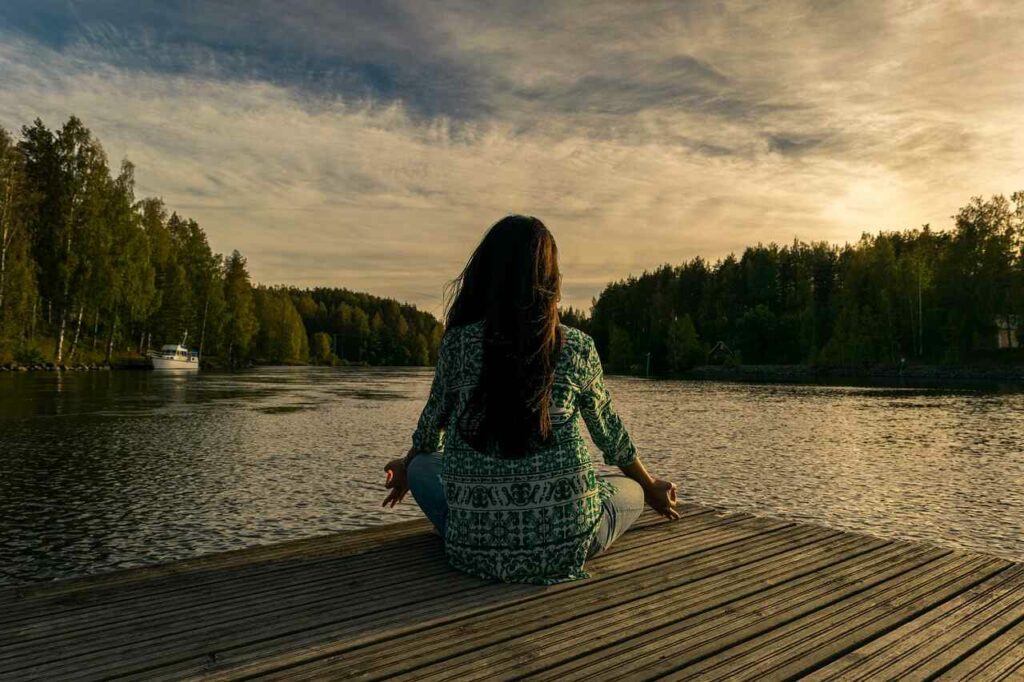
Ideal for you if:
- You seek inner balance lower your stress levels and enhance mental well-being.
- You love nature and outdoor activities like swimming, kayaking, or hiking.
- You want a balance between seclusion and accessibility.
My Tip for You: Lakes often offer more affordable properties when you want to buy a home than coastal areas, especially in rural regions like Ontario, Canada, or Tanzania. However, ensure proximity to infrastructure if you don’t want to feel too isolated.
3. Living by a River: Blending City and Nature
Rivers bring movement and life to the landscape. Whether in a modern apartment along the Rhine in Cologne, a charming townhouse by the Danube, a hut by the Mekong in Vietnam, or a houseboat on the Amazon in Brazil—waterfront living by a river often combines the best of two worlds: proximity to urban or cultural life and the calming presence of water. Rivers are dynamic, connecting people and places, and often offer a lively yet not overwhelming atmosphere.
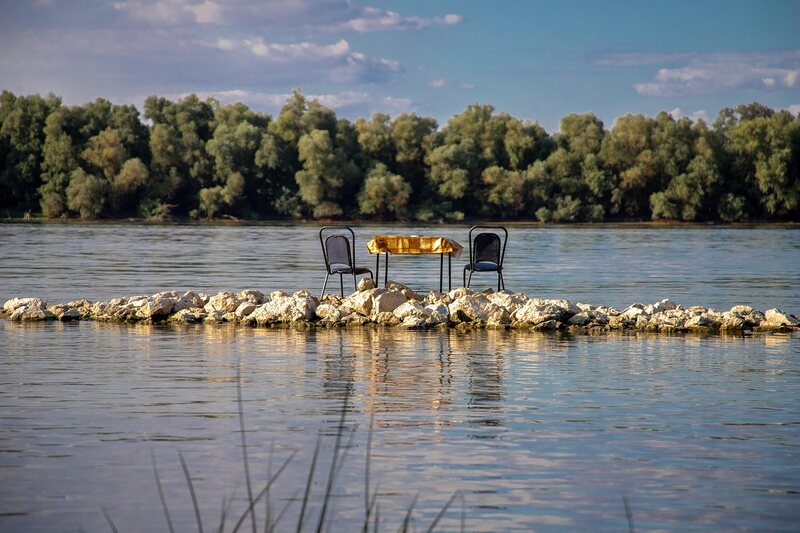
Ideal for you if:
- You enjoy city life or cultural diversity but want a natural element in your daily routine.
- You love the sense of movement and change a river symbolizes.
- You value good infrastructure and connectivity.
My Tip for You: Riverfront locations in cities like Lisbon, Budapest, Prague, Bangkok, or New Orleans offer a mix of culture, nightlife, and waterfront charm. However, check for flood risks, especially in tropical regions like Southeast Asia.
4. Living by a Stream: Simplicity and Peace
A small house or cabin by a babbling stream epitomises simplicity and retreat. These locations are often found in rural areas, far from tourist crowds or urban hustle, such as in the mountains of Nepal, the hills of Japan, or the forests of Costa Rica. They’re perfect for those seeking minimalism and a slower pace of life.
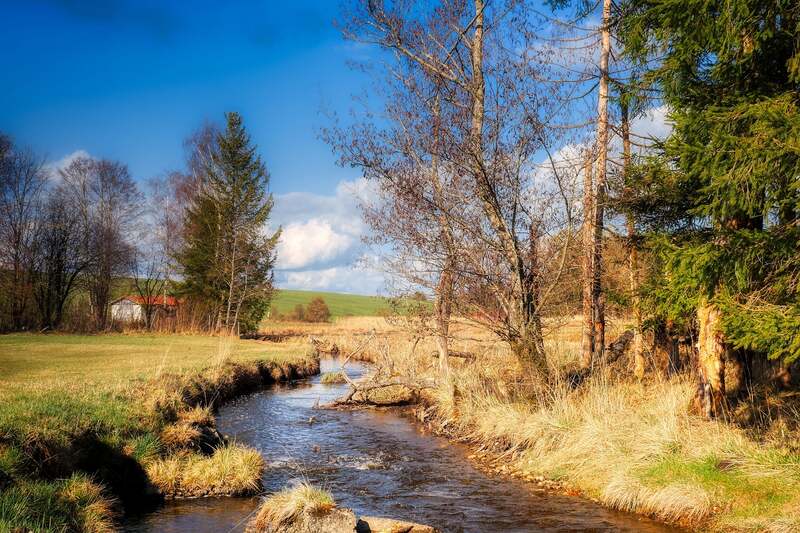
Ideal for you if:
- You crave absolute tranquility and seclusion.
- You feel comfortable with a minimalist lifestyle.
- You’re willing to forgo urban conveniences.
My Tip for You: Streams are often found in mountainous or rural regions, like the Black Forest, the Alps, the Andes, or the Himalayas. Ensure accessibility, especially during rainy seasons or winter.
5. Alternative Waterfront Lifestyles
Beyond traditional homes, there are creative alternatives that make waterfront living unique:
- Houseboat Life: A houseboat on a river, canal, or harbor offers mobility and a sense of adventure. Popular in cities like Amsterdam, Berlin, Seattle, or the backwaters of Kerala, India, a lifestyle on a boat requires adaptability due to limited space and the need for well-planned infrastructure (e.g., water and electricity).
- Waterfront Resorts or Floating Homes: In places like the Maldives, Fiji, or Scandinavia, floating homes or resorts combine luxury and nature. These are often expensive but ideal for those seeking exclusivity.
- Eco-Friendly Waterfront Living: For those prioritizing sustainability, eco-conscious waterfront communities using renewable energy and eco-friendly materials are gaining traction. Examples include projects in Denmark, the Netherlands, or Costa Rica, where bamboo beach houses are becoming popular.
- Vacation Homes by the Water: For many, permanent waterfront living isn’t feasible. A vacation home by the sea (e.g., in New Zealand), a lake (e.g., in Canada), or a river (e.g., in Colombia) can be a great way to enjoy water proximity without relocating permanently.
- Living in Floating Villages: In some regions, like the floating villages of Tonlé Sap Lake in Cambodia or the Uros Islands on Lake Titicaca in Peru, people live directly on the water. This lifestyle is deeply rooted in local culture and offers a unique perspective on coexisting with water.
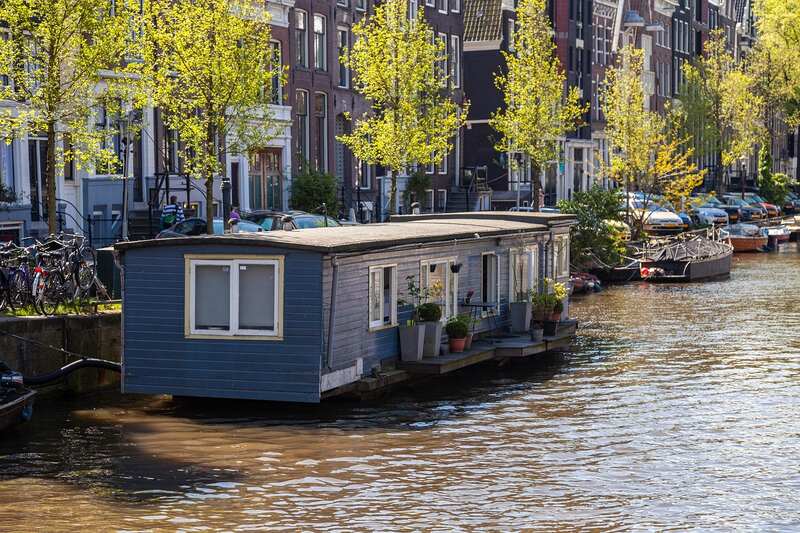
Is Waterfront Living Right for You?
Before considering a waterfront home, ask yourself these practical questions:
- Budget: Buying a waterfront home, especially by the sea, are often costly—whether in California, Bali, or the South of France. Living near rivers and lakes without a water view can be more affordable, particularly in regions like South America or Southeast Asia, but prices vary by location. Consider whether you want to buy or rent and if you’re prepared to pay for the view.
- Infrastructure: How important is easy access to shops, schools, or workplaces? In luxurious rural areas like the Andes or remote Pacific islands, connectivity and limited supply can be a challenge.
- Weather and Climate: Coastal areas can be stormy (e.g., hurricanes in the Caribbean), rivers may face flooding (e.g., the Amazon), and lakes in mountainous regions like the Alps or Rockies can be hard to access in winter. Research the climatic conditions of your desired location.
- Lifestyle: Do you seek peace or vibrancy? Do you want to actively engage with the water (water sport e.g., surfing in Australia or fishing in Canada) or simply enjoy the fresh air and scenic views? Your lifestyle will shape which waterfront suits you.
- Sustainability: Waterfront areas are often fragile ecosystems. Consider minimising your environmental footprint, perhaps through energy-efficient homes or sustainable practices, as seen in eco-projects in Costa Rica or New Zealand.
What Could Your Waterfront Life Look Like?
Imagine waking up, opening the curtains, and seeing sparkling water before you. Perhaps you’re in a modern loft by Hamburg’s harbour, surrounded by urban flair and maritime charm. Or you’re sipping tea on the terrace of a wooden cabin by a Swedish lake, with morning mist drifting over the water. Maybe you’re gliding along the canals of Utrecht or Kerala’s backwaters on a houseboat, watching the world pass by. Or perhaps you’re in a bungalow on Zanzibar’s coast, where the stunning views of the turquoise Indian Ocean glistens at your doorstep. Each of these scenes is a possible version of waterfront living—and each has its own magic.
Exciting Ideas for Waterfront Living
- Watersports as a Lifestyle: If adventure calls, places like Australia’s Gold Coast or Bali are perfect, where surfing, kitesurfing, or diving are part of daily life.
- Cultural Immersion: Live in a floating village on Cambodia’s Tonlé Sap Lake to experience local culture firsthand.
- Creative Work by the Water: Many artists and writers seek the calm of lakes or the inspiration of the sea. Places like Lake Atitlán in Guatemala or Maine’s coast are known for their creative vibe.
- Self-Sufficiency by the Water: In rural areas like the Amazon or Papua New Guinea’s Highlands, you can live a life combining self-sufficiency and closeness to nature.
Questions to Help You Find Your Happy Place
To determine if waterfront living is your happy place, ask yourself:
- What do you truly crave? Peace, relaxation, adventure, nature, or cultural diversity?
- Which water speaks to you? The powerful vastness of the sea, the quiet depth of a lake, the dynamism of a river, or the simplicity of a stream?
- How important is sustainability? Do you want an eco-friendly home or simply to enjoy water proximity?
- Do you want to live by the water permanently or temporarily? A vacation home rental might be an alternative if a full-time move isn’t feasible.
- Are you ready for the challenges? High costs, weather conditions, or limited infrastructure can come with waterfront living.
Conclusion: Finding Your Place by the Water
Waterfront living is more than an address— it’s a lifestyle that connects you with nature and your own needs. Whether you choose Australia’s wild coast, a serene lake in Canada, a vibrant river in South America, or a tranquil stream in Japan, your happy place will reveal itself when you listen to your heart.
Waterfront living by various bodies of water — seas, lakes, rivers, or streams—offers diverse lifestyles to suit your dreams.
Take time to explore the benefits of waterfront living and it’s diverse options worldwide and consider how you want to shape your waterfront life. Perhaps your joy lies in a small houseboat in Asia, a modern apartment with a river view in Europe, or a rustic cabin by an African lake. Whatever it is, the water will always welcome you.
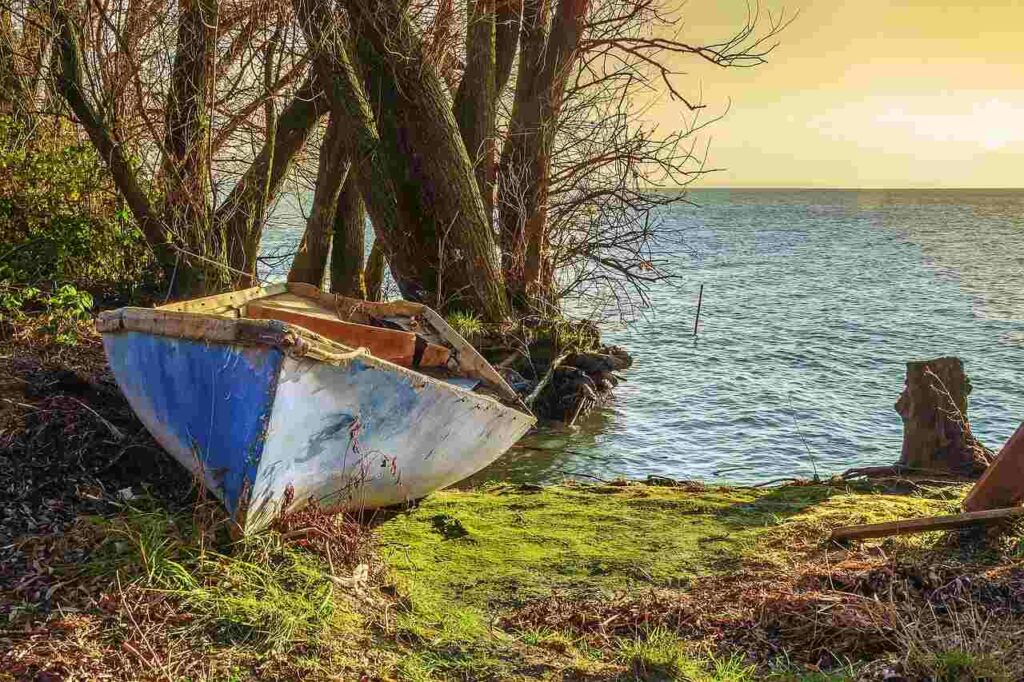
FAQs for Waterfront Living
What Should I Consider Before Choosing Waterfront Properties?
Reflect on your lifestyle needs, financial readiness for your real estate investment, and how much you value proximity to nature. Think about whether the daily experiences of peace and serenity outweigh potential challenges like higher water-related repair and maintenance costs and weather risks.
Can Waterfront Living Help Improve My Mental Health?
Yes, many find that being close to water reduces stress, anxiety, and promotes a sense of calm and emotional balance. The natural sounds, views, and access to water-based activities can serve as a daily practice in wellness and mindfulness.
Are There Ways to Live Sustainably by the Water?
Absolutely! Living by the water involves desirability of the natural environment. Use natural materials for any renovations, manage waste responsibly, participate in local conservation efforts, and support sustainable local businesses to minimise your ecological footprint.
What Kinds of Personalities Thrive in Waterfront Living?
Those who thrive often value peace, solitude, and a deep connection with nature. They are typically mindful, adaptable, and enjoy slower-paced living, looking for recreational opportunities. Reflect on whether these traits align with your own to see if waterfront living could be a good fit.
What Are Some Practical Tips for Handling the Challenges of Waterfront Living?
Prepare for potential risks along the shore, like flooding by investing in a good flood insurance and understanding local weather patterns. Regular maintenance, mindful landscaping, and being informed about environmental conservation can help you navigate these challenges effectively.
Is Waterfront Living a Good Investment for My Future?
I am not a real estate agent nor a specialist in property prices, so I cannot tell you anything about a smart investment, but what I know from a homeowner: waterfront homes typically are in higher demand than non-waterfront properties. Best to find a realtor you feel you can really trust!
But beyond financial value, consider the emotional and spiritual, maybe even therapeutic return on investment. If being near water brings you joy, peace, and inspiration, it could be a valuable lifestyle choice that enriches your life in ways beyond money.

